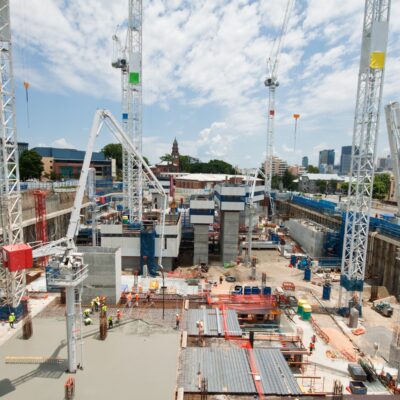High achievers’ search for greener grass masks deeper issues
For many high achievers the search for the ‘next big thing’ is a familiar narrative, but it masks a deeper issue which invariably results in the discovery that the grass […]
For many high achievers the search for the ‘next big thing’ is a familiar narrative, but it masks a deeper issue which invariably results in the discovery that the grass really is never greener on the other side.
Simone-Ellen Keller (pictured), personal transformation strategist and founder of Genius You, puts it down to the inability of high performers to understand and work with their intrinsic motivations.
“It’s a common misconception amongst high performers to always view the grass as greener on the other side. This belief leads to a cycle of frustration, as they fail to realise that understanding and working with their own inherent drives is key to true satisfaction.”
Studies show that 20 percent of employees are considered high performers, contributing significantly to their organisation’s success.
However, many of these individuals are caught in a relentless cycle of job-hopping and personal dissatisfaction. They are often burnt out, exhausted, and continuously looking for something better in life, relationships, and workplaces.
“High performers don’t fully understand themselves. Instead, they perceive others as the problem or believe that a better opportunity lies just across the fence,” Keller says.
The consequences of this dissatisfaction are profound.
High performers often complain, disrupt, or quit, only to start the process anew. They focus on their strengths, speeding up their pace, which only exacerbates problems when things go awry, leading to more ‘carnage.’
“This is true for athletes, sport stars, and other high achievers. We look at celebrities and think for many their world is ‘messed up,’ but that’s only because spotlight simply makes their struggles more visible.”
Keller says high performers feel more intensely and translate experiences more intensely.
“When they are wrong, the mess comes later. They need to understand what is good and not so good in their current life. Without this understanding, changing the environment will only lead to the same results.”
High performers often struggle to get the best out of themselves, diagnosing the world around them as the issue.
“They are creating the problem, so they need to work backwards to figure out why they are creating these train smashes,” says Keller.
Three Tips for High Performers to Achieve Balance and Satisfaction:
1. Acknowledge the Pattern:
Recognise that if the same issue occurs twice, it’s likely a personal pattern. Understanding this is the first step to addressing the root cause.
2. Seek Balance through Support:
Find a person, coach, or programme that helps you maintain a balance between high functionality and avoiding ‘carnage.’ As situations change, be open to seeking new forms of support to maintain this balance.
3. Implement Structured Systems:
Whether it’s a financial structure or a commitment to staying in a role for a certain period, set up systems that keep you on track and prevent impulsive decisions.
For high performers, journey to understanding and working with their own nature is crucial.
“It’s not about changing the environment but about changing the perspective and approach,” says Keller. “Do that and you can begin to find fulfilment and balance, transforming your fence hopping into a journey of self-awareness and growth.”






